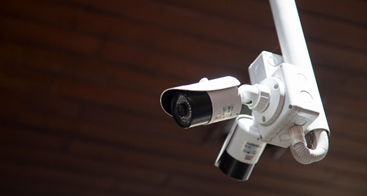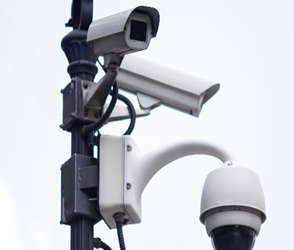
Implementing Security & Access Control Solutions
Case Study

Bandra-Worli Link Road

Hosur Road Highway Toll Management
Project Overview
In modern infrastructure, ensuring security and controlled access is crucial for both residential and commercial spaces. With increasing threats to safety, organizations and residential complexes are adopting advanced Boom Barriers, Flap Barriers, and CCTV Systems to enhance security, streamline traffic, and manage access efficiently.
This case study examines three real-world implementations of these security solutions and their impact on operational efficiency and safety.
Case Study 1: Boom Barrier for Traffic Control & Security
Client Background
A large residential society with over 500+ apartments faced security challenges related to vehicle access control. The absence of a structured system led to unauthorized entries, traffic congestion, and inefficient security personnel deployment.
Challenges
- Unregulated vehicle movement caused traffic bottlenecks.
- Security guards had to manually check vehicles, leading to long queues.
- Frequent incidents of unauthorized parking in restricted areas.
- Rising operational costs due to excessive manpower reliance.
Solution Implemented
To counter these issues, the residential society installed Automatic Boom Barriers at entry and exit points. These barriers were integrated with RFID-based access control and License Plate Recognition (LPR) cameras, allowing seamless entry for authorized vehicles while restricting unauthorized access.
Results & Benefits
- Enhanced Security: Only pre-registered vehicles could access the premises.
- Improved Traffic Flow: Vehicle wait times were reduced by 40%, eliminating congestion.
- Cost Efficiency: Security manpower requirements were optimized, cutting down expenses.
- Safety Compliance: Prevented unauthorized parking, ensuring reserved spots remained available.
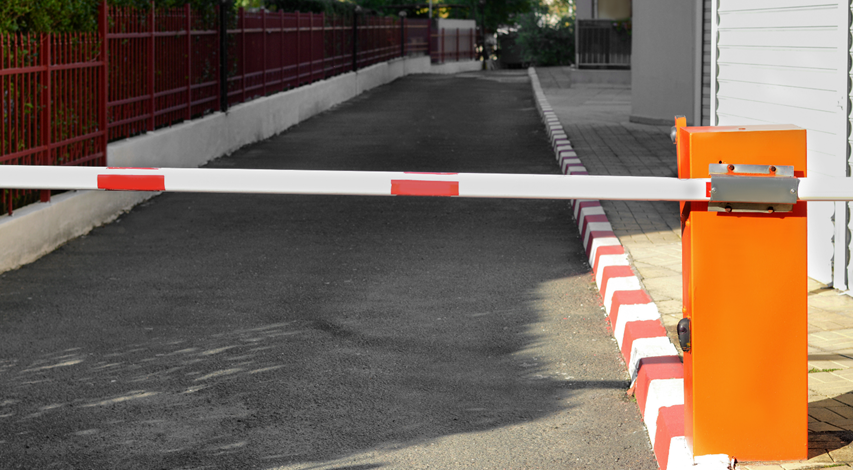
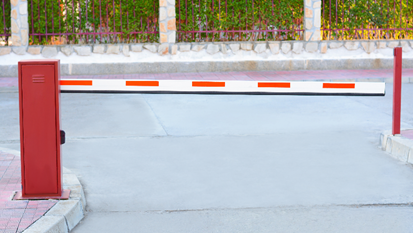
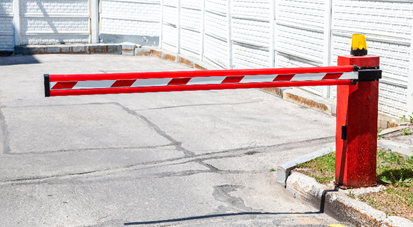
Case Study 2: Flap Barrier for Pedestrian Access Control
Client Background
A corporate office with over 1,000 daily employees and visitors struggled with manual entry verification, causing delays and security risks. The management needed an automated system to regulate access efficiently.
Challenges
- Open access points made it difficult to restrict unauthorized personnel.
- Manual ID verification created long waiting lines during peak hours.
- Tailgating incidents compromised security.
- Attendance tracking was inaccurate, leading to payroll discrepancies.
Solution Implemented
The organization implemented Flap Barriers with biometric scanners and RFID card readers, allowing only authorized individuals to pass through. Infrared sensors were incorporated to detect multiple entries and prevent tailgating. The system was also linked with the company’s HR software for real-time attendance tracking.
Results & Benefits
- Strict Access Control: Unauthorized individuals were completely restricted from entry.
- Efficient Employee Movement: Entry and exit times were reduced, boosting workplace productivity.
- Automated Attendance Tracking: Reduced human errors in payroll processing.
- Enhanced Security: Alerts and alarms were triggered for unauthorized access attempts.
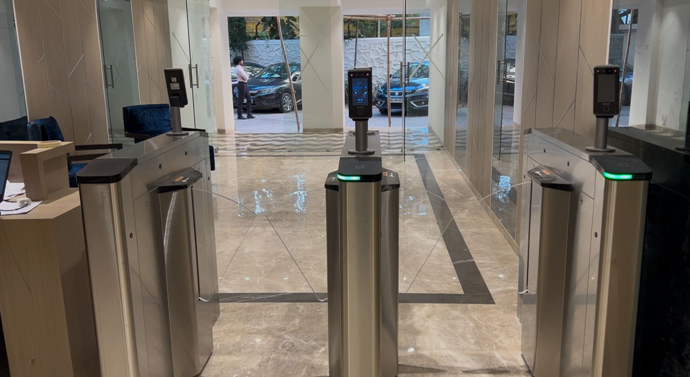
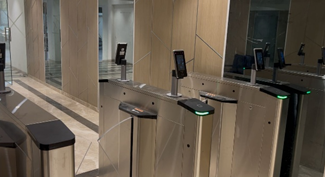
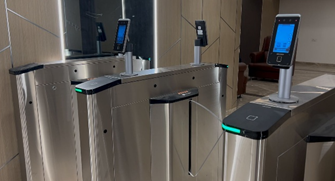
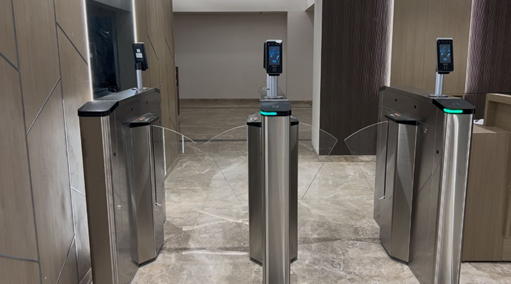
Case Study 3: CCTV Surveillance System for Security Enhancement
Client Background
A commercial complex with multiple offices and retail outlets required an advanced CCTV surveillance system to improve security, reduce theft, and enable remote monitoring.
Challenges
- The lack of a surveillance system resulted in increased security breaches.
- Unauthorized persons accessed restricted areas without detection.
- The security team had no real-time monitoring capability.
- High costs due to hiring multiple security personnel to cover all locations.
Solution Implemented
A CCTV System was deployed, consisting of IP cameras, Network Video Recorders (NVRs), and remote access capabilities. High-risk zones, such as cash counters, entry/exit points, and parking lots, were prioritized for surveillance.
Results & Benefits
- 24/7 Surveillance: Continuous monitoring enabled immediate response to security threats.
- Crime Prevention: The presence of cameras acted as a deterrent for theft and vandalism.
- Remote Monitoring: The security team could access live footage via mobile devices.
- Legal & Compliance Benefits: Recorded footage provided evidence in case of disputes.
Conclusion
By implementing Boom Barriers, Flap Barriers, and CCTV Surveillance Systems, these organizations successfully enhanced security, operational efficiency, and cost-effectiveness.
Key Takeaways:
✅Boom Barriers streamlined vehicle access control, improving security and reducing congestion.
✅Flap Barriers ensured seamless pedestrian entry management while preventing unauthorized access.
✅CCTV Systems provided real-time surveillance, crime prevention, and legal protection.
The combination of these security solutions transformed access management, creating a safer, smarter, and more controlled environment for residents, employees, and visitors alike.


